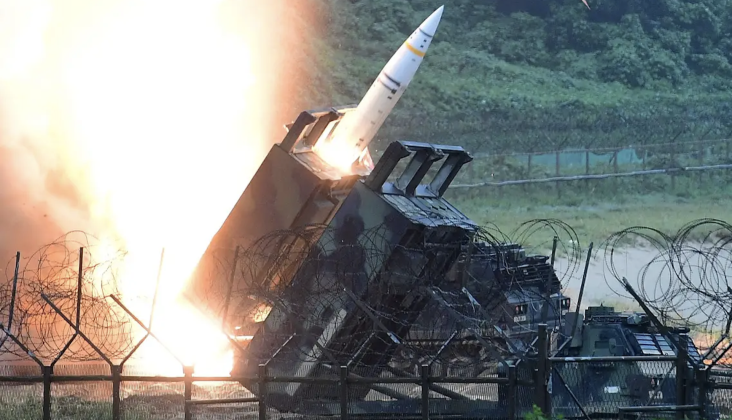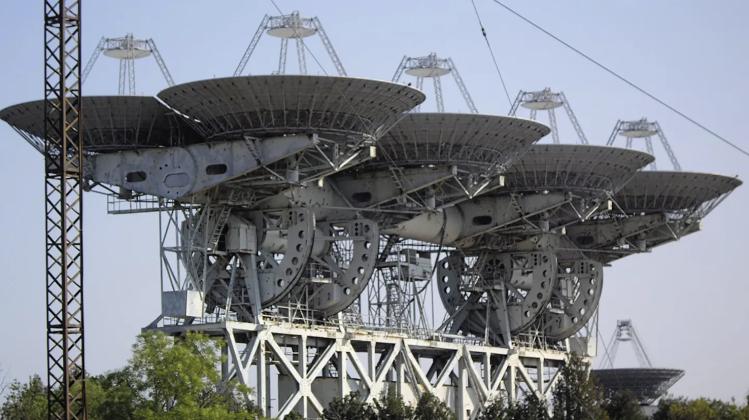Ukrainian Missile Strike Targets Key Space Communications Centre: Strategic Facilities in the Crosshairs
Source : militarywatchmagazine.com – June 25, 2024
https://militarywatchmagazine.com/article/ukrainian-strike-space-communications
Abonnez-vous au canal Telegram Strategika pour ne rien rater de notre actualité
Pour nous soutenir commandez les livres Strategika : “Globalisme et dépopulation” , « La guerre des USA contre l’Europe » et « Société ouverte contre Eurasie »
The Ukrainian Armed Forces have been confirmed to have launched a ballistic missile strike on the NIP-16 Deep Space Communications site in Vitino on the Crimean Peninsula, the extent of the damage from which remains uncertain. The attack comes as part of the major expansion of recent attacks on Russian targets using increased supplies of American Army Tactical Missile System (ATACMS) short range ballistic missiles, including variants with both cluster and fragmentation warheads. Use of these systems has been very heavily facilitated by the presence of American military advisors on the ground and by access to a network of hundreds of NATO satellites which provide targeting data among other roles.
Ukrainian forces have increasingly struggled to use precision guided assets against Russian frontline positions due to effective use of electronic warfare to jam their guidance systems, which appears to have increased their propensity to use systems such as ATACMS for strikes on strategic fixed targets deeper behind Russian lines which lack comparable protection to frontline forces. The attack comes a month after a drone strike on Voronezh-DM early warning radar system at the Armavir Radar Station in Russia’s southwestern Krasnodar Krai, a similarly high value strategic asset relied on to provide early warning against Western intercontinental range nuclear strikes.

ATACMS Ballistic Missile Launch
Built during in the early 1960s to track space launches, the NIP-16 facility hosts 20 radar dishes, and played a key command and control role in all Soviet missions to the Moon, Venus and Mars during its first 14 years in operation. It played a secondary role from 1975, as control operations for manned missions were moved to a newly built facility near Moscow. A primary current role for the facility has been to provide early warning against possible Western ballistic missile attacks from the Southwest – the direction of the Middle East and Africa. The facility is also thought to be used for maintaining and controlling Russian satellites, including those in the GLONASS system – a Russian counterpart to the American GPS and Chinese Beidou. The centre had by 2017 received ten new subsystems, with plans to invest 1.8 billion rubles on the reconstruction of one radio telescope alone. It is expected that Ukraine will continue to serve as an effective proxy to take out such vital Russian facilities, in attacks using Western weaponry and heavily facilitated by Western satellite data. This provides an effective means to denying Russia a number of key capabilities should wider hostilities with NATO break out, while Russia has no comparable security partner capable of freely neutralising strategic targets across the Western world.




